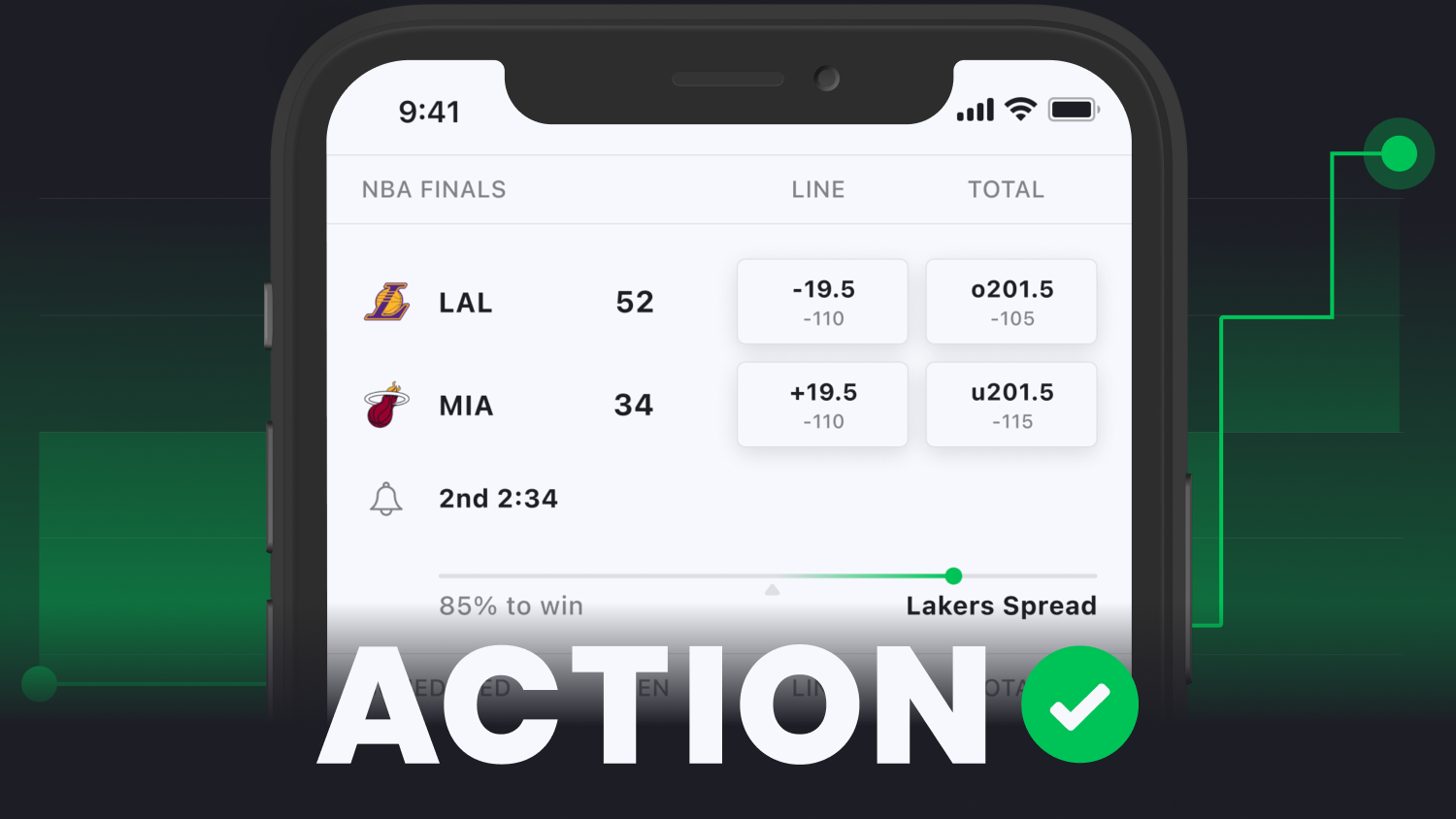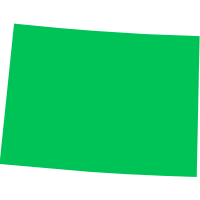Table of Contents
- True Shooting Percentage Definition
- NBA True Shooting Percentage Statistics
- True Shooting Percentage Historical Leaders
- How Can True Shooting Percentage Help With Fantasy Betting
True Shooting Percentage Definition
True shooting percentage (abbreviated TS%) measures the efficiency with which a player shoots the ball. It is an advanced statistic that looks to more accurately evaluate how well a player shoots rather than looking at individual statistics such as field goal percentage, three-point field goal percentage or free throw percentage on their own.
The formula for true shooting percentage is:
Points / 2 * (Field goal attempts +.44 * free throw attempts)
This metric does a nice job of giving you an idea of how well a player is expected to shoot the ball every time he comes down the court, including all the types of shots he can take — even free throws. Rather than looking at pure point totals or numbers that rely on volume, this is purely an efficiency-driven stat.
NBA True Shooting Percentage Statistics
Because volume shooters are often going to stand out in a bigger way than efficient shooters, you may be surprised by the league leaders in TS% at each position from the 2020-2021 season.
While you would expect shooters like Steph Curry and Kevin Durant to thrive in a shooting stat, it's interesting to see that players that aren't heralded for their shooting are close behind or ahead of the duo in TS%.
Of course, this doesn't mean that Ivica Zubac is a better shooter than Curry, and it doesn't mean that Zubac will be a better fantasy piece (more on that later), but it does mean that Zubac is as efficient as it gets when he shoots. This is important both for his team and for you, the NBA fantasy player.
True Shooting Percentage Historical Leaders
Maybe the most surprising stat of all comes by looking at the history of the stat. DeAndre Jordan, a player often chided for his inability to shoot — particularly at the line — leads all NBA players in career TS%.
| Player | TS% |
|---|---|
| DeAndre Jordan | 64.32% |
| Cedric Maxwell | 62.94% |
| Steph Curry | 62.64% |
| Tyson Chandler | 62.57% |
| Artis Gilmore | 62.27% |
| Karl-Anthony Towns | 62.04% |
| Dave Twardzik | 61.84% |
| James Donaldson | 61.77% |
| Adrian Dantley | 61.66% |
| Jonas Valanciunas | 61.61% |
As evidenced in both the current and historical data, efficient big men dominate true shooting percentage. But in the context of how basketball is played and in fantasy scoring, you typically can't rely on big men to be your leading players. This is where volume comes into play.
How Can True Shooting Percentage Help With Fantasy Betting
So how can volume and TS% combine to help your fantasy team? Like many stats, there is a balance to be found. TS% on its own isn't necessarily going to generate a massive fantasy output, but looking at it in the context of volume can give your team a massive boost.
For example, take the TS% leaders from the 2020-2021 regular season and evaluate them next to their usage rate (a good metric to determine how often plays are ran involving certain individuals) and fantasy output.
As always, external factors play a huge impact on the fantasy output of these players, but you can see a positive trend between usage rate and points when placed in the context of TS%.
Additionally, basic field goal and three-point attempts can be useful when trying to balance volume and TS% to get the most out of your roster. You aren't going to want a 66 TS% player with 10 shots per game over a 64 TS% player with 15 shots per game.

























































